You can’t persuade anyone until you can predict how and what they think…

You believe you are likely to live longer than most people. You believe you are smarter, a better driver, a better parent, better looking and well…you get the idea. Almost everyone believes that they are….unique. Unusual. Atypical.
You also believe that a business you start has a much better chance of succeeding than if just about anyone else starts the same exact business.
On average, people’s belief in their own strengths is consistently out of line with reality.
And, in the past, research has consistently shown that people evaluate other people’s chances of success and failure at just about anything far more accurately than they do their own.
For example. If I asked you to figure out how much your neighbor would have at retirement age (say 65), you would simply think something like this: “He retires in 30 years, he’s saving $3000 per year, he’ll have $90,000 and be broke at age 68.” And, you would be right.
The same question asked of yourself, assuming the same age would come out something well in excess of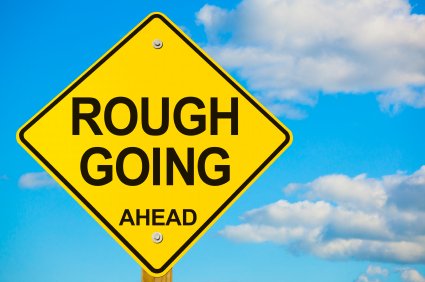 $1,000,000. Here, people do no logical calculation. They think, well, I’ll be alive for 20 more years when I hit 65, so I’ll need $50,000 a year or about a million bucks. And you would be right about one thing…the amount you need. Which is where the brain stops. We tend to assume it will “be there when we get there.” And of course…in just about 94% of cases…there is no chance. Had you calculated your future the way you did your neighbor you would have been much closer.
$1,000,000. Here, people do no logical calculation. They think, well, I’ll be alive for 20 more years when I hit 65, so I’ll need $50,000 a year or about a million bucks. And you would be right about one thing…the amount you need. Which is where the brain stops. We tend to assume it will “be there when we get there.” And of course…in just about 94% of cases…there is no chance. Had you calculated your future the way you did your neighbor you would have been much closer.
A 20 year study has now shown another difference in the spectrum of perceptions. Though we don’t think we are as likely to be sick as others, or have diseases more often than others, we DO THINK that people of our GENDER will have more problems than those of the other sex!
The study based in Scotland reveals some fascinating things about how we see our own sex (not frequency, but gender) as very different from the others.
In general, when there is a bias, women think their sex is likely to suffer from both mental and physical illness more often than men…and they think they are in better shape. (Not themselves as individuals but the gender in general.)
Men think the same about other men. (Not themselves as individuals, but their gender in general.)
Here is one place where we have a strong bias “toward” our own gender…even though we do NOT lump ourselves into our own gender. Remember, we each think we are individually unique while everyone else in our gender will fall victim to the problems of life (and also be more physically fit…go figure). But we do indeed have a BIG bias toward the members of our own sex.
N ew research from University of Glasgow researchers on lay perceptions about gender differences in health reveals that both men and women believe health risks are higher for their own sex than for the opposite sex. But, it also shows that males think that men are fitter and females think women are more athletic.
ew research from University of Glasgow researchers on lay perceptions about gender differences in health reveals that both men and women believe health risks are higher for their own sex than for the opposite sex. But, it also shows that males think that men are fitter and females think women are more athletic.
Professor Sally Macintyre in the MRC Social and Public Health Sciences Unit at the University of Glasgow analyzed responses from 466 women and 353 men, aged 25, 45, and 65, to a questionnaire that asked whether they thought men or women (or both equally) were more likely to have heart disease, cancer, mental illness and accidents, to be fit and to live longer.
The research provides insights about gender identity and difference. They found that each gender tends to think risks are higher for their own sex than for the other gender. Previous studies suggest that lay people and health professionals operate on stereotypes about the gender patterning of certain types of health problem and health behavior.
For example, coronary heart disease tends to be perceived as a ‘male disease’ even though it is the leading cause of mortality among women in the UK. (One study found that 30 year old women with chest pain were much less likely than 30 year old men to be given a cardiac diagnosis, much more likely to be given a psychiatric diagnosis, and around seven times more likely to be considered not to need medical treatment).
The University of Glasgow study reveals that when a respondent considered one sex more at risk than the other, men were thought more likely to have accidents and women to have cancer and mental illness. Accidents: 48 per cent of males compared to 37 per cent of females said men were more likely to have accidents; 58 per cent of females chose ‘both’, compared to 50 per cent of males.
Cancer: around two thirds of both sexes said they believed men and women were ‘equally likely’ to experience cancer; 12 per cent of males compared to 3 per cent of females said that men were more likely to have cancer, and 30 per cent of females compared with 24 per cent of males said that women were.
Fitness: There was a trend towards males thinking that men were fitter and females thinking women were.
Heart disease: 79 per cent of males and 59 per cent of females said men were more likely to get heart disease; 19 per cent more females than males chose ‘both equally’.
Longevity: 87.5 per cent of all respondents said women lived longer.
Mental illness: 31 per cent of females compared to 18 per cent males believed women were more likely to suffer from mental illness, and 72 per cent of males compared with 61 per cent of females said ‘both equally’.
Professor Macintyre, from the University of Glasgow, said: “In general these lay perceptions mirror  professionals’ perceptions. However, what is unexpected is that when there was a gender difference in attribution of relative likelihood, respondents tended to perceive the risks as higher for their own sex than for the opposite sex. This tendency was also evident in the one condition — fitness — posed in positive terms.
professionals’ perceptions. However, what is unexpected is that when there was a gender difference in attribution of relative likelihood, respondents tended to perceive the risks as higher for their own sex than for the opposite sex. This tendency was also evident in the one condition — fitness — posed in positive terms.
“Previous studies on personal risk assessments suggest a tendency to underestimate one’s own risk of illness compared to one’s peers — this is often referred to as optimism bias. Our findings suggest in contrast that what may be going on in response to these type of questions is neither an optimistic nor negative bias for one’s own sex, but rather a bias towards thinking any health experience, whether positive or negative, is more probable for one’s own sex than the opposite sex thinks.”
And according to recent studies, the U.S. has a a unique disadvantage in women’s life expectancy compared to peer countries, despite high rates of health screenings such as mammography and popular national awareness campaigns. Researchers at the University of Missouri examined the perceptions of risk among females and found that minority and less educated women believe that breast cancer, rather than heart disease, is the more common killer.
Breast cancer is a leading cause of death for females in the U.S. One in 30 women will die of breast cancer. The death rate for heart disease is significantly higher at one in seven and obesity remains at the top of health care providers’ concerns.
Julie M. Kapp, associate professor in the Department of Health Management and Informatics in the MU School of Medicine attributes the perceptual mismatch as a product of a highly visible awareness campaign. “The pink ribbon is one of the most recognizable symbols in the world and is associated with a very effective campaign, which might relate to the perception that breast cancer is a more common killer than other women’s health issues.”
So how do you change the focus of a huge amount of misinformed women, who may be at risk?
Researchers suggest that progress toward improving U.S. population health requires that health care providers use strategic opportunities to leverage healthy and active lifestyle messages for obesity and heart disease, in combination with breast health.
Science of Influence Master’s Home Study Course (12 CDs)
with Kevin Hogan, Psy.D.
This program is the culmination of years of selling synthesized with five years of academic research into compliance gaining, persuasion and influence. You won’t find a program like this, designed for you, anywhere else. This 13-hour program has all the latest strategies and sequencing information for influencing others. It’s unlikely you have heard or read any more than perhaps 15% of the material covered in this home study program and yet without this material it’s almost impossible to predictably influence others.
The first twelve volumes of The Science of Influence are carefully constructed into the most exciting and revealing home study program ever fashioned.
Find Out More or to Order:

Science of Influence: Strategies & Syntax of Persuasion (Vols. 1-12) DIGITAL DOWNLOAD
$97.00
What to Never…Ever Say to a Customer!
And other surprising secrets you’re not supposed to know.
The Program that Reveals the Secrets You Will Use to Make Influencing Others Second Nature
“The power of persuasion transforms from art to science. This is the place for you to begin. BUT, this is by no means a basic course in influence.” Kevin Hogan
|
“…your courses are the reason that I made $32,000 last week!” “I bought your Covert Hypnosis and Science of Influence and I thought I owed it to you to tell you that your courses are the reason that I made $32,000 last week! I used to lose a great deal of customers ‘on the fence’. I thought it was just part of the deal, you get some, you lose most. I still make a great living getting ‘some’. I Believe your courses enabled me to get most of the ones that are ‘on the fence’ while losing only some of them. Thanks!” |
Research Strategies & Sequencing Information
Including recent research, this 13-hour program has all the latest strategies and sequencing information for influencing others. It’s unlikely you have heard or read any more than perhaps 15% of the material covered in this home study program and yet without this material it’s almost impossible to predictably influence others.
The first twelve volumes of The Science of Influence are carefully constructed into the most exciting and revealing home study program ever fashioned.
So what are you going to receive?
Science of Influence Volumes 1-12
- Universal Principles of Influence in Business and Relationships
- The Omega Strategy
- Mastering Omega Strategies
- Framing Techniques and Strategies
- The Keys That Unlock the Doors to Their Mind
- The Laws of Influence: Applications
- Mastering the Laws of Influence
- The Guarded Secrets – Confusion, Amendment, The Dominant Value and Strategic Framing
- Mastering the First 30 Seconds / Making Incredible First Impressions
- Proven Strategies and Techniques that Get to Yes!
- Metaphors and Emotions that Successfully Change Behavior
- Utilizing the and Projection to Change People
|
“…fantastic!” “Hi Kevin, I just finished listening to your CD course on persuasion and wanted to give you feedback: fantastic! Great stuff and very well presented, a pleasure to follow. It’s been a long time since I’ve heard such good stuff; last time in my own sociological studies. You really point out very interesting and surprising aspects. Thank you.” |
The ability to influence, the psychology of persuasion, the science and practice of persuading others to your way of thinking is the single most important factor in success; in business, management, in a professional practice, in maintaining intimate relationships and obviously, in selling. Every useful communication involves persuasion. You want to become an expert in social influence. You DO want to win friends and influence people. You want your message to be accepted and acted upon. Period. Without effective persuasion techniques and finely honed influential skills can any of this be possible.
The Master’s Home Study Course
What makes the Science of Influence different from every other program about persuasion? This material is fresh, potent, tested, and has nearly all of what you will discover is new! There is no rehash of past salespeople or scholars. This is the culmination of years of selling synthesized with the last five years of academic research into compliance gaining, persuasion and influence. No one has a program like this designed for you. Guaranteed.
|
“…numbers are UP 22% in this down economy!” “I have intensively studied your first 5 Science of Influence CDs and look forward to the balance of the series. Kevin you don’t need me to tell you this, it is excellent material. I have indeed seen results. I contract with manufacturers to sell their product to retail. The sales manager I work primarily with is impressed. Quite frankly, (your information) helps me manage and improve my communication with him better. He responds beautifully to different framing techniques and while I absolutely treasure this person as a mentor, we have definitely had our communication issues as we are wired completely different. Numbers are UP 22% in this down economy! I expect yet another 20% by year’s end. I am enjoying a tremendous advantage due to practicing the principles you preach.” |
Defuse Resistance Masterfully
In Volumes 1-12, you are going to learn incredible new tactics for defusing resistance and overcoming the knee jerk response of people that say “no.” Unlock the mystery of the “freedom of choice” and how critical the number of choices a client/customer has are going to impact her decision to buy from you now!
You already know that you can frame a message that will virtually guarantee success or you can state your message the wrong way and hear a “knee jerk no.” Now, I’m going to show you HOW to do it right! Creating persuasive frames in business, your profession or your personal life is a skill that will literally bring you your hearts desires! I want to show you specifically how to create frames for your messages so you can customize your product/idea or service to your clients in such a way that they will be instantly ready to say “yes!” to you.
Discover how skeptical and non-skeptical people perceive and respond to persuasive messages in a VERY different fashion. (Hint: If you don’t know this information you will automatically lose almost 1/4 of all of your encounters.)
Determine whether you should suggest your client’s future to her or whether you should have them offer you details on what they think it holds once they say “yes” or “no.”
You’re also going to learn:
- Specific techniques to get beyond “no” in the most difficult situations.
- How to design frames that influence and recognize those that do not.
- How to dramatically increase your chances of “yes” in every single meeting.
- Hypnotically enter another person’s mind and reshuffle their deck!
- Learn the exact presentation order for your product, solution or idea when proposing it.
Start to reap the rewards of becoming a master of influence while you study in the privacy of your home!
Here is more of what you will discover:
- Learn exactly how just a few words can cause someone to save or sacrifice lives when presented with the SAME information.
- Discover which of the desire to gain or the fear of loss is TRULY the far greater motivator and how to harness that power in your persuasive messages.
- Unlock the mystery of the “freedom of choice” and how critical the number of choices a client/customer has are going to impact her decision to buy from you now!
- Find out how to generate more sales and get more clients by creating the perception of ownership (of your product, service…or you!) in the client’s mind.
…And even more of what you’ll get:
- Strategies that overcome resistance and induce anticipated regret for maximum results!
- Physical appearance and personal awareness in the influential process.
- Discover how skeptical and non-skeptical people perceive and respond to persuasive messages in a VERY different fashion. (Hint: If you don’t know this information you will automatically lose almost 1/4 of all of your encounters.)
Many of my guarded secrets have been carefully laid out with many real life examples and specific frames created, using questions and statements. You will have a complete understanding of how to actually implement all of these skills in your life, your relationships and career.
Change People’s Perception of You…For the Better!
This is just the beginning. In the Master’s Course, you’re going to find out how to change people’s perception of you in an instant. Unlock the secrets of charisma, personal magnetism, and generating enthusiasm for you, your product, idea or service. Best? you’re going to learn how to get people to help you make the “sale” for you!
- Raise your Charisma Level in ONE DAY with these simple tools.
- Discover that many people believe and form opinions about things that aren’t real…and how this makes influencing them with something tangible far easier.
- Learn how to use the “Celebrity testimonial” when you don’t know one!
- Here is 1 KEY factor in making your client’s decisions permanent!
- Discover the secret of generating a compulsion in your client to hire you.
Learn Closely Guarded Secrets!
These volumes contain some of Kevin’s most closely guarded secrets. In fact, he reveals 3 specific business building persuasion techniques that he has ONLY shared with major corporate players paying large sums of money! Specifically these include The Amendment Technique, The Price Point Factor, and The Dominant Value Elicitation.
You will also learn:
- Find out how to cement a YES response combining Conformity and Time
- How to price a product or service so it is compelling.
- How to frame pricing so that people believe it to be the RIGHT price.
- How to specifically use Hypnotic Confusion in influential messages.
- Determine what factor sells your product/service when it’s considered the same as others.
- How to frame your message so people easily say, “YES”
- How to rapidly elicit their values so you are virtually guaranteed to hear, “yes!”
Get even more secrets like these:
- The 1 Question that someone MUST say “Yes” to every time!
- The most important aspects of synchronization and modeling.
- What doesn’t work in gaining compliance once you have a relationship.
- 7 powerful strategies for developing your credibility.
- The most common mistakes people make in building credibility.
What Are People Saying About the Science of Influence?
| “The influence and persuasion set is absolute gold! Wonderful. Hugely enlightening.” Adam Eason, adam-eason.com, Dorset, UK |
| “Wow! The Science of Influence is the best information I have ever come across. I went to church with my mother this morning and instead of focusing on the sermon, I was thinking of ways the minister could be more effective in his PRESENTATION. By just taking the flock into the future, and appealing to the group mentality he might have gotten one yes, he did not get any. The fear of not being in the flock for eternity may have swayed a few heads, as well. The applications are endless. Lookout, because once I have absorbed this information thoroughly, there are no limits on my ability to influence. This information is so powerful, a license should be required to use it. Amazing. Thanks.” Steve Hutcherson, St. Charles, MO |
| “I wanted to take this opportunity to thank you for your part in changing the direction and fortunes of my career. Having been a fairly successful salesman for only 2 years, I was invited by the company to come off the road and take on a development/training role for the very new sales team. I accepted the offer knowing I needed to do some quick study in the world of sales. All the other books recommended to me contained the standard closes known to every man and his dog. That’s when I…came across you. I found your Science of Influence Series, Body Language Study Course and Covert Hypnosis to be truly spectacular. And to prove it, I was recently awarded the annual Employee of the Year award with over 50% of the votes! I work for one of the UK’s fastest growing companies, now recognized as the most prolific selling organization in the telecom industry. Kevin, I owe an enormous amount of gratitude to you for the quality and consistency of the material you produce. I truly hope to thank you in person one day but for now…Thank you!” Gary May, Hampshire, UK |
Twelve 60-minute audio CDS plus by popular demand – the giant companion manual is now in PDF Format. No torn pages, no coffee stains. And you can print a copy, or just portions of the manual, anytime you want!
For blow-your-socks-off POWERFUL persuasion and influence secrets, start today!


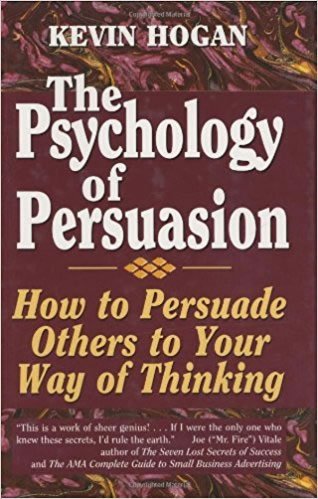
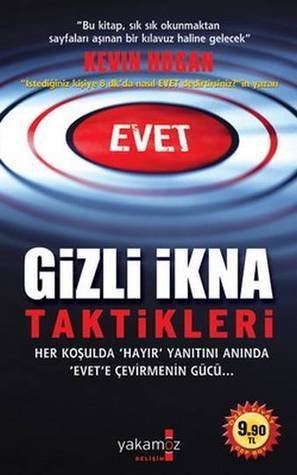


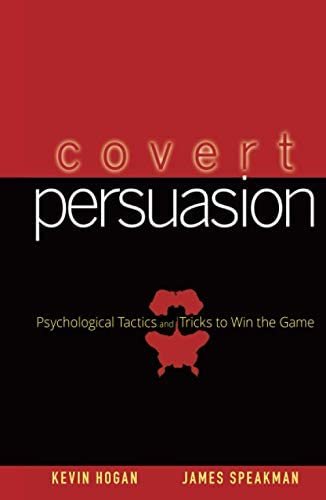
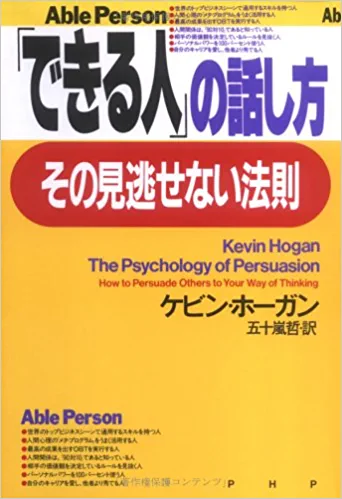
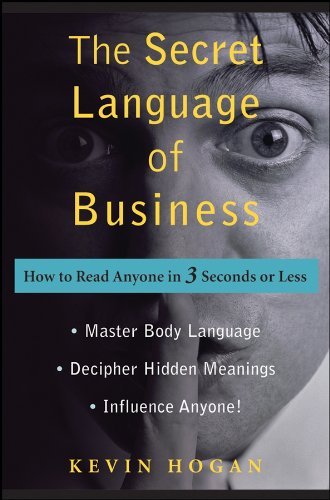

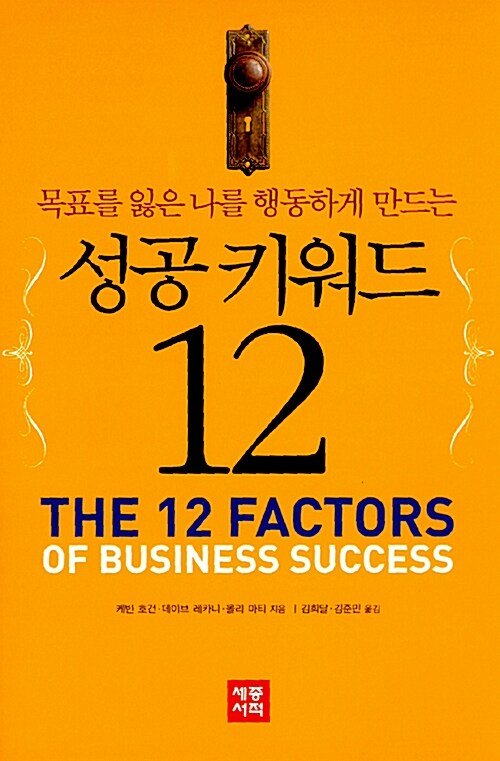
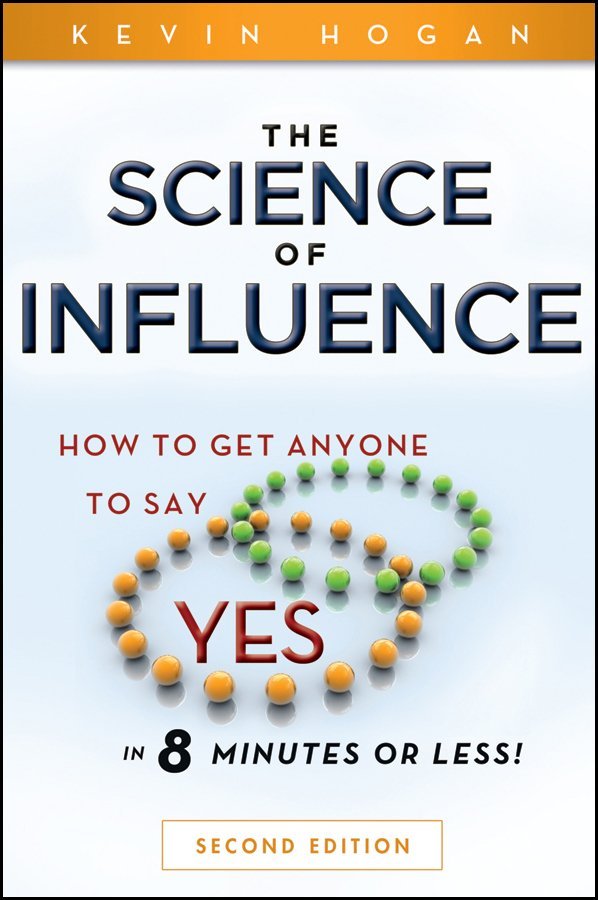


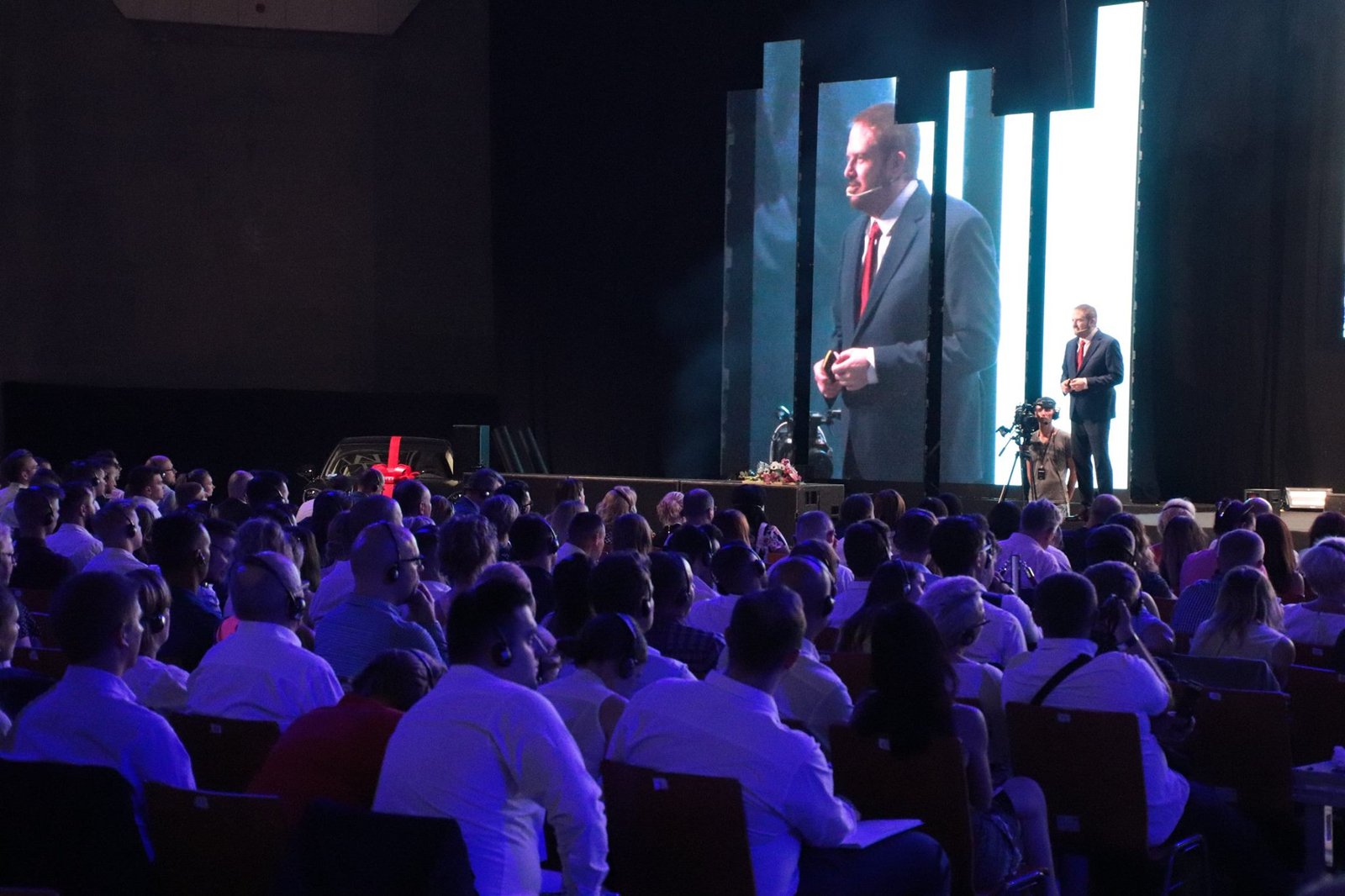






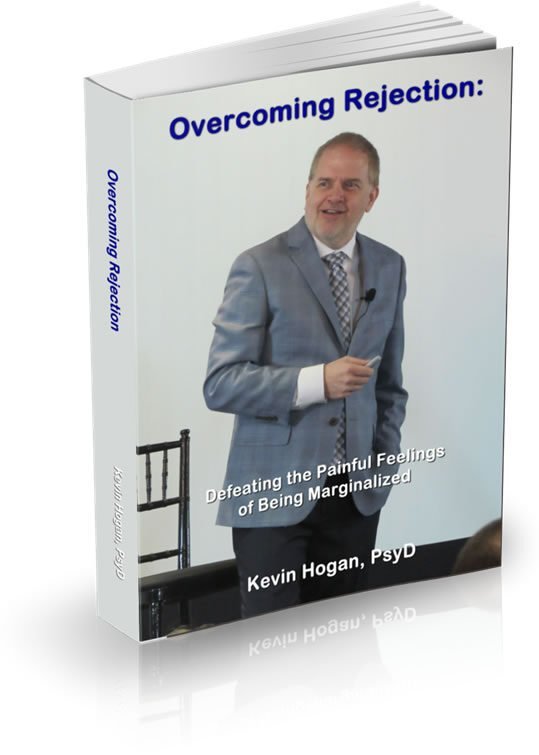
Reviews
There are no reviews yet.